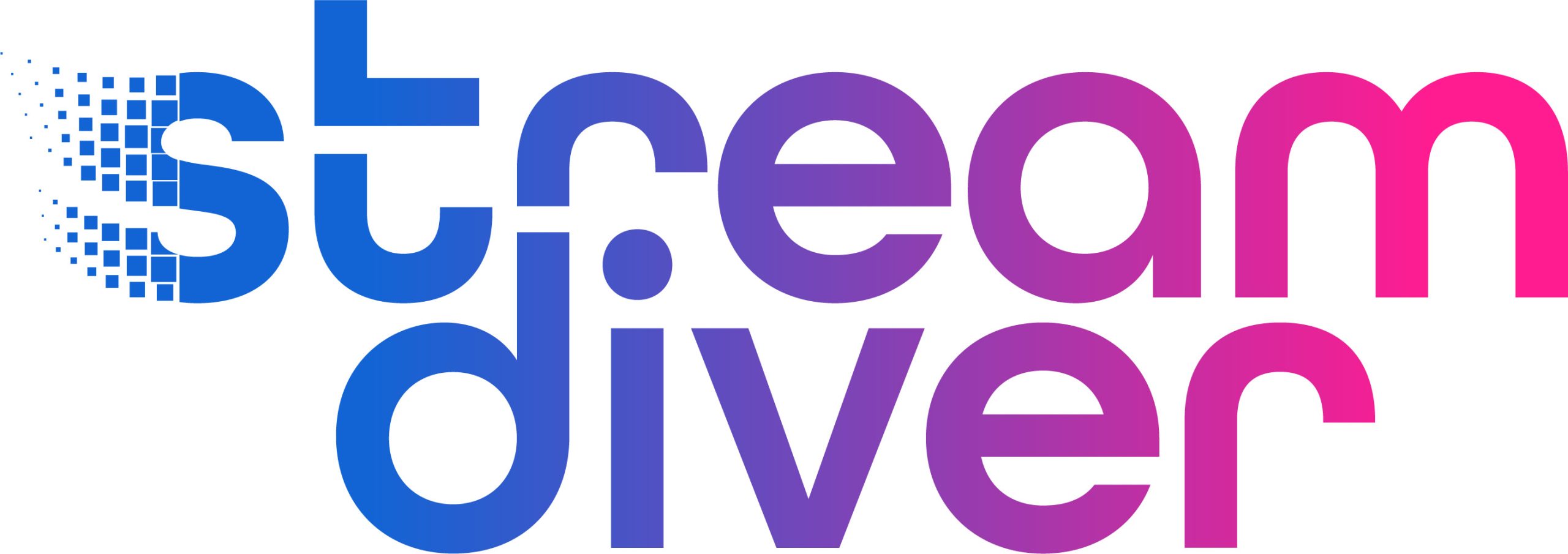What the new YouTube GTC truly change
YouTube is making videos a sideshow: With the amendment of its terms and conditions on June 1, 2021, the U.S. company secured the right to monetization and can now decide on timing and type of third-party advertising in videos. Learn more about the consequences in this short summary.
Big brother is watching. What was once seen as a scary dystopia in George Orwell’s literary classic is insidiously finding its way into the world’s largest video platform. Instead of a de-centralized system where content producers have the power to make their own decisions about content, YouTube is deliberately asserting control. This has a detrimental effect on companies in particular. What used to be an effective advertising platform is turning into a graveyard of brand communication.
The update of the GTCs, which came into force on 01 June 2021, has already caused massive changes. These disfavor especially companies and content producers that are not part of the YouTube partner program. From now on, income from advertising will only be paid out to a small select group of users. Nevertheless, other videos will not be free of commercial interruptions – in this case though, all revenues go to the U.S. provider itself.
This creates new issues for companies: Whereas previously content was only subject to advertising if the content producer chose it, YouTube can now place spots without any chance of intervening. Yet an increased amount of advertising interruptions is not the only negative result of this change. Increasingly, it’s also leading to bizarre scenarios where video consumers of a branded product receive ads from rival companies. A VW commercial in a BMW video? The new world of YouTube has made it possible.
The adaptation of the GTCs is just one of numerous changes that make successful communication via YouTube increasingly difficult. For example, many companies have suffered severe losses in their reach as a result of changes to the algorithm. The motto of the U.S. company is obvious: the relentless maximization of its own profit. However, this means that small and medium-sized businesses are falling by the wayside. It is a game with only one winner in the long term. In the end, the recommended course of action for companies is to jump ship before the “YouTube system” creates new problems.



